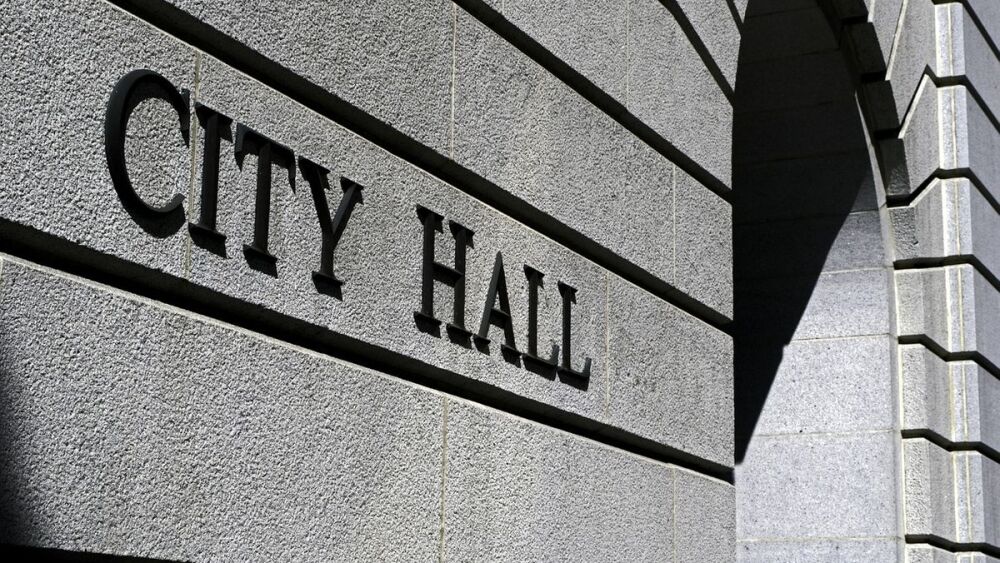The NYC Department of Transportation (DOT) and the Design Trust for Public Space, a non-profit that jumpstarted the creation of the High Line and the design of the city’s first custom-built taxi, today released Under the Elevated: Reclaiming Space, Connecting Communities. The 128-page book is the result of a two-year study and spells out environmentally, financially sustainable, and versatile ways to redesign and maintain spaces beneath New York City’s nearly 700 miles of elevated bridges, highways, subway tracks and rail lines to connect and benefit surrounding communities.
DOT Commissioner Polly Trottenberg and officials were joined by executive director of the Design Trust Susan Chin at Pier i at 70th Street and Riverside Park South in Manhattan.
The findings in the first phase of a multi-year partnership between the Design Trust and DOT reflect how these multijurisdictional public spaces beneath and adjacent to the ‘elevateds’ can be transformed into valuable community assets. Seven case studies and two pop-up experiments were undertaken with the input of a diverse group of New Yorkers, including Chinatown Partnership and the Women’s Housing and Economic Development Corporation. After assessing a vast volume of space along the ‘elevateds’, equal to approximately four times the size of Central Park, the Design Trust project team developed realistic, detailed design and programming recommendations for communitycentered uses for these areas citywide.
Under the Elevated explores the particular issues and opportunities at seven sites: Broadway Junction in Brooklyn; Division Street under and around the Manhattan Bridge in Manhattan; Ed Koch Queensboro Bridge in Manhattan and Queens; Gowanus Expressway between 32nd and 37th Streets in Brooklyn; Highbridge Park under the Washington Bridge in Manhattan; Southern Boulevard under the 2/5 subway line at Freeman Street in The Bronx; and Van Wyck Expressway at the Kew Gardens Interchange in Queens.
New design and programming ideas are organized into short-term pop-up and pilot and long-term permanent recommendations. The ideas, aimed at creating brighter, quieter and cleaner spaces, while optimizing them for innovative uses, range from electrical vehicle charging and comfort stations under the Ed Koch Queensboro Bridge to art studios, retail stores, or outdoor training facilities in Highbridge Park, or areas for food trucks below the Gowanus Expressway. Other options such as open space for festivals and markets, signs for safer streets, devices to capture stormwater and ameliorate noise, and upgrades to sites beneath the rail lines such as in East New York, can enhance the success of the area’s mixed-use housing slated for development in the next ten years.
The creation of an El-Space Program at NYC DOT dedicated to under the elevated spaces would develop strategies that capitalize on the special character of these sites as gateways, corridors and connectors in underserved neighborhoods. A comprehensive approach would allow DOT to move beyond case-by-case development to a systematic set of practices for fostering valuable community uses with partners across the five boroughs. Whether deploying planted beds to retain and filter storm water runoff of pollutants, oil and heavy metal, while reducing the overload on the city’s sewer system, or building bio-walls of trees or acoustic barriers to mitigate noise and clean the air of particulates, this program has the potential to enhance the value of this immense network of public space.
“Under the Elevated is the first study to look at reimagining the often dark and underutilized spaces beneath our city’s subway lines, highways and bridges as safe and attractive public gathering places” said DOT Commissioner Polly Trottenberg. “We believe this comprehensive study, coupled with DOT’s new design toolkit, are important steps towards reclaiming this space for the public and reconnecting neighborhoods throughout New York.”
“Design Trust first brought attention to under the elevated sites with its pivotal study to reclaim the High Line,” said Design Trust for Public Space executive director Susan Chin. “In 2001 we asserted that ‘spaces under the High Line must be given equal or greater attention as programming for the High Line’s upper deck because of their importance in shaping the urban context at the ground level’. Not every neighborhood needs a High Line, however the need to alleviate the negative impact from the presence of elevated lines is even greater in the outer boroughs. It’s time to channel public and private investment into creating vibrant and resilient communities throughout the five boroughs. Engaging neighborhood residents and community partners in the planning process is a great way to meet their needs and create cherished spaces for living.”


